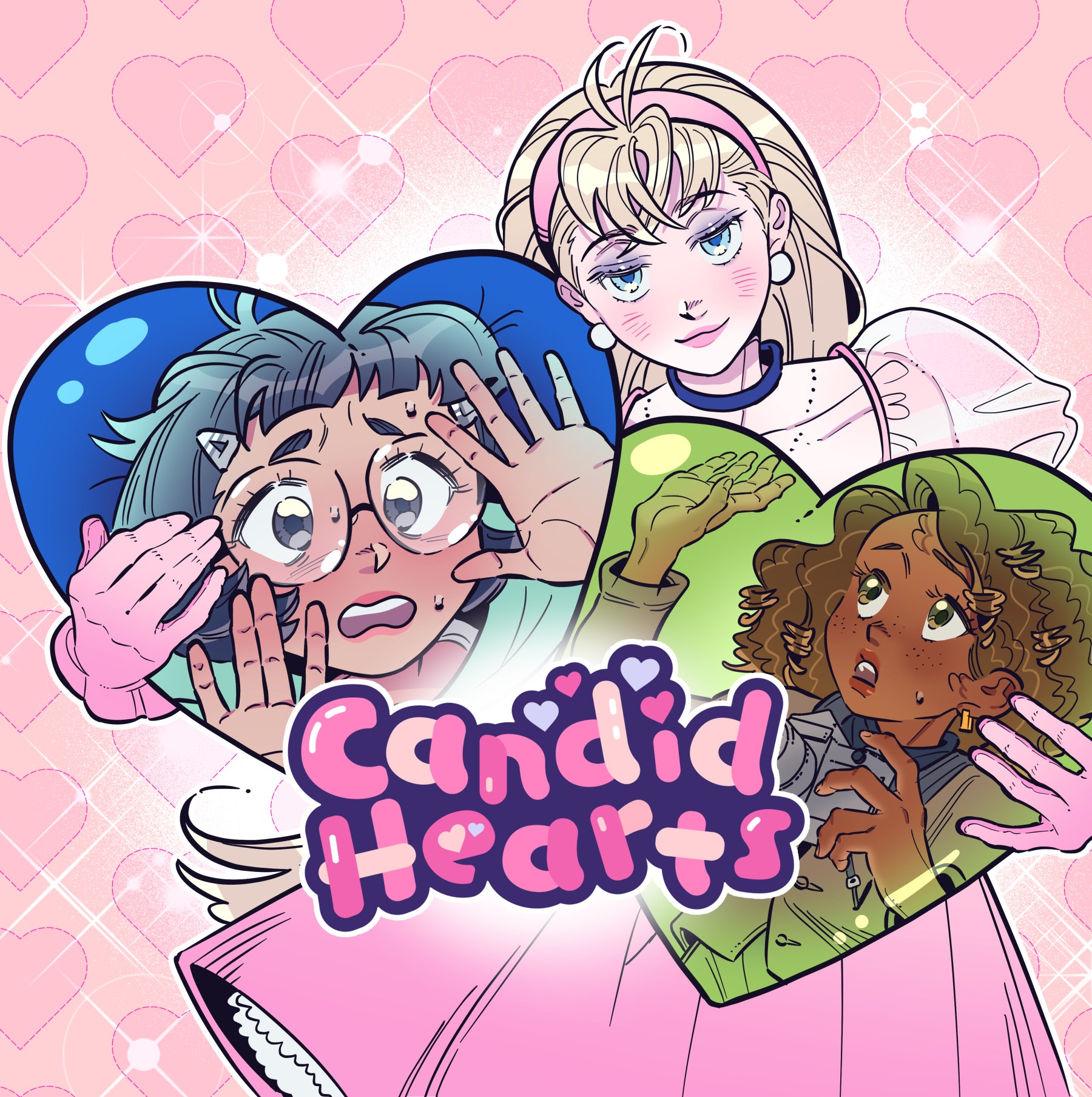
Candid Hearts by antlerella is a glossy, campus‑set drama that tilts social pressure into a personal crucible. When a reckless dorm fire renders freshmen Bonnie and Aline homeless the night before classes begin, wealthy and inscrutable Kitty Kandikova arrives with an irresistible, compromising offer: a life of luxury; free rent, full amenities, safety; if they agree to play her curated best friends and stand as her potential bridesmaids. The bargain buys comfort but exacts performance, forcing the pair to choose between immediate security and the slow erosion of autonomy. The setup turns friendship into theater, and campus life into a laboratory for questions about consent, identity, and whether intimacy bought on someone else’s terms can ever be real.
Premise and tone
• A crisis framed as moral experiment: The story detonates with a practical emergency that quickly becomes an ethically charged social contract: immediate survival collides with performative friendship, and every choice is an experiment in how far dignity can be traded for security.
• Soap and satire in equal measure: The tone mixes glossy, soap‑operatic melodrama with a wry critique of wealth, image, and influence, so scenes that feel deliciously dramatic also read as pointed commentary on social capital and power dynamics.
• Rhythms of conflict and intimacy: Episodes shift between incendiary interpersonal showdowns and quieter, revealing moments; late‑night confessions, small betrayals, and private compromises; that clarify each character’s motives and make their concessions feel earned rather than convenient.
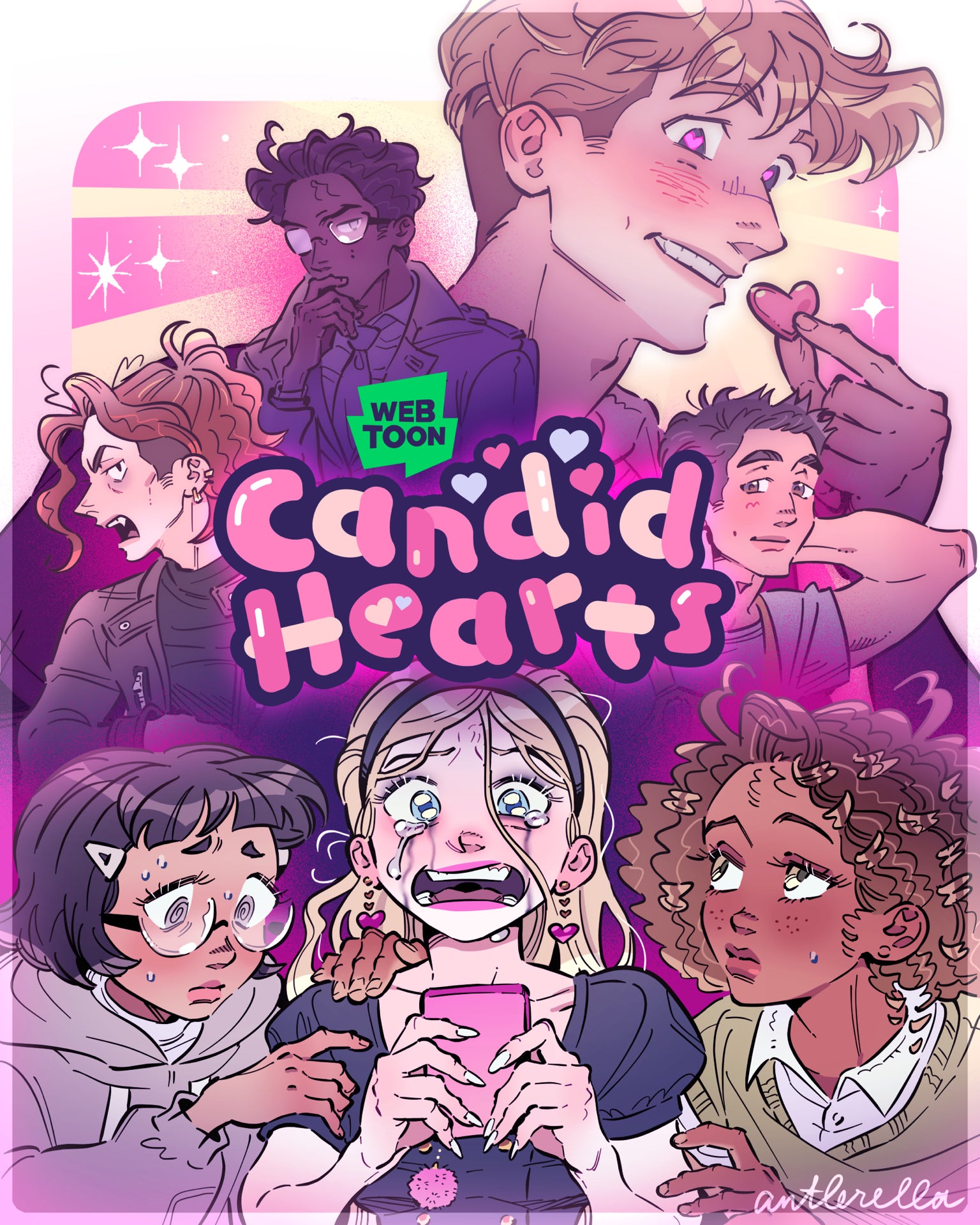
Core characters
• Bonnie Baylon: An 18‑year‑old Filipina‑Canadian computer science major whose exterior geekiness belies a quiet, combustible intelligence. Bonnie’s nervy wit, glasses‑and‑hoodie silhouette, and animal motif (bunny) register vulnerability and guarded agility; her arc tracks a move from sheltered frustration and reactive survival to a clearer sense of agency and ethical backbone as she learns to claim voice and boundaries.
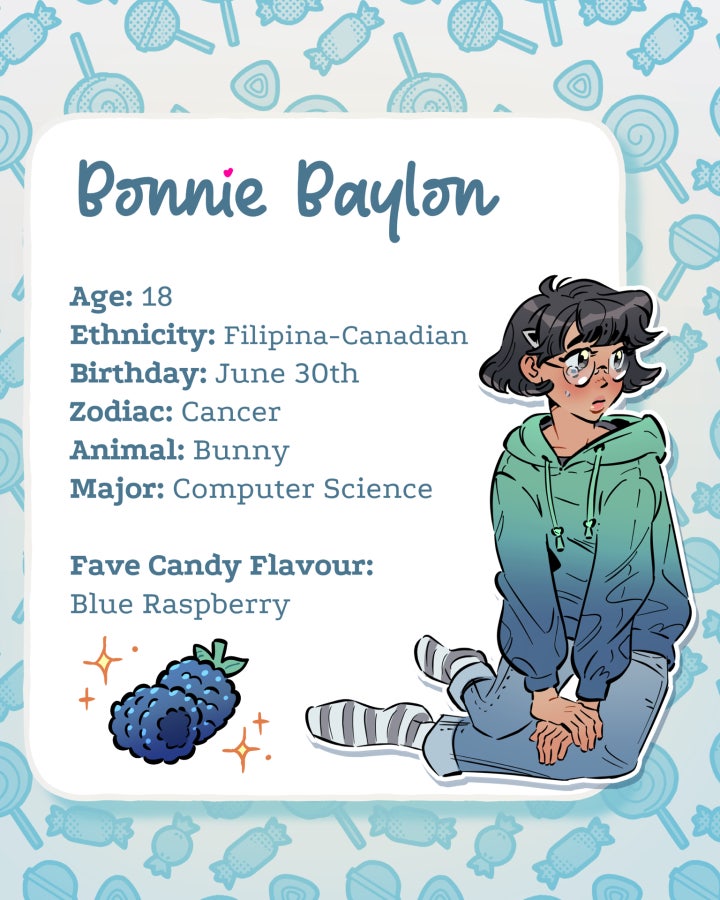
• Aline Doe: A 20‑year‑old Jamaican‑Canadian art & design student who photographs the world to bend it toward her ambitions. Ambitious, exacting, and sometimes ruthless in pursuit of career goals, Aline’s drive creates friction with conscience and friendship; her choices expose how professional hunger can demand compromise and also how loyalty can be reclaimed when the stakes become personal.
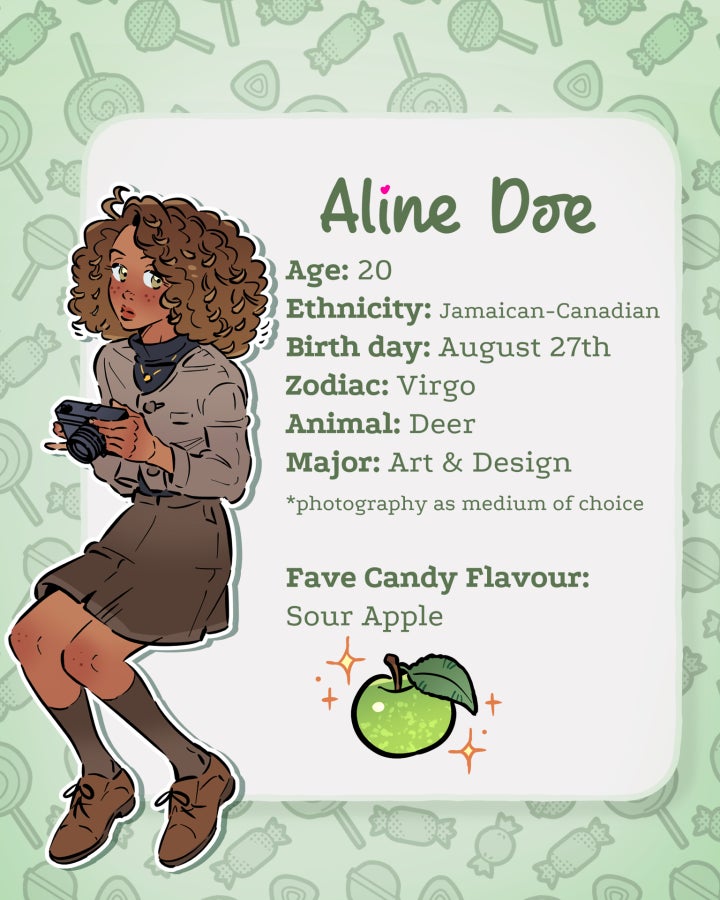
• Kitty Kandikova: All candy‑pink polish and inscrutable charm, Kitty is 24, wealthy, and strategically generous. Her offer of luxury is a social contract: protection in exchange for performance. Kitty’s aesthetic masks transactional authority; she’s both benefactor and manipulator, so her gestures read as power plays that probe consent, spectacle, and the emotional cost of being indebted to charisma.
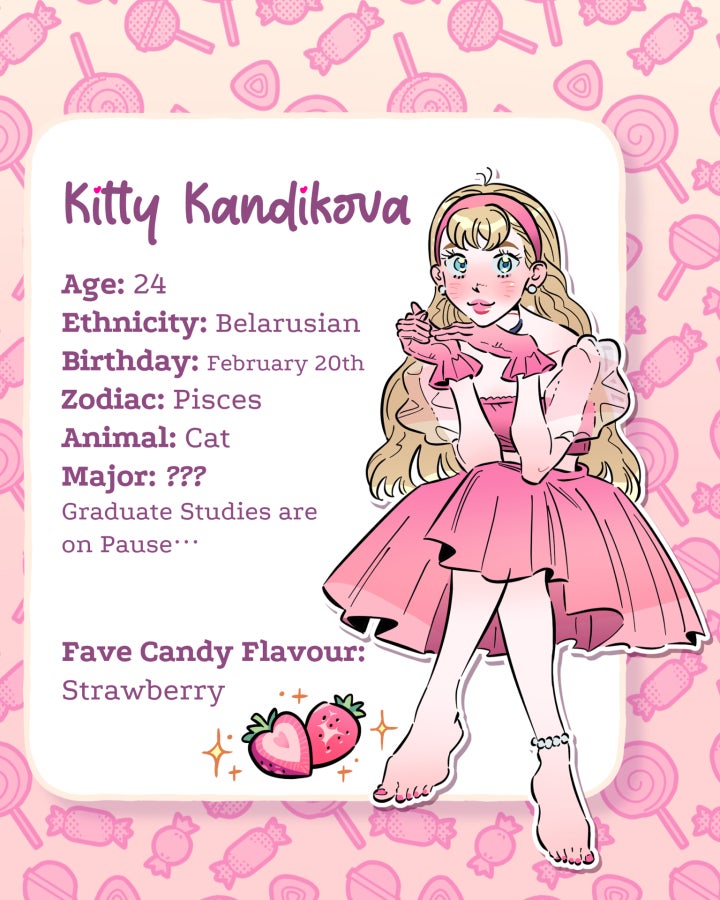
• Volko Naiman and Teddy Huang: Volko (Kazakh‑Canadian, wolf motif) and Teddy (Chinese‑Canadian, bear motif) enrich the cast as more than romantic foils; they bring family histories, cross‑series ties, and conflicting loyalties that complicate choices at school and in intimacy. Volko’s brooding intensity and Teddy’s steady practicality open different reflective surfaces for Bonnie and Aline to test themselves against.
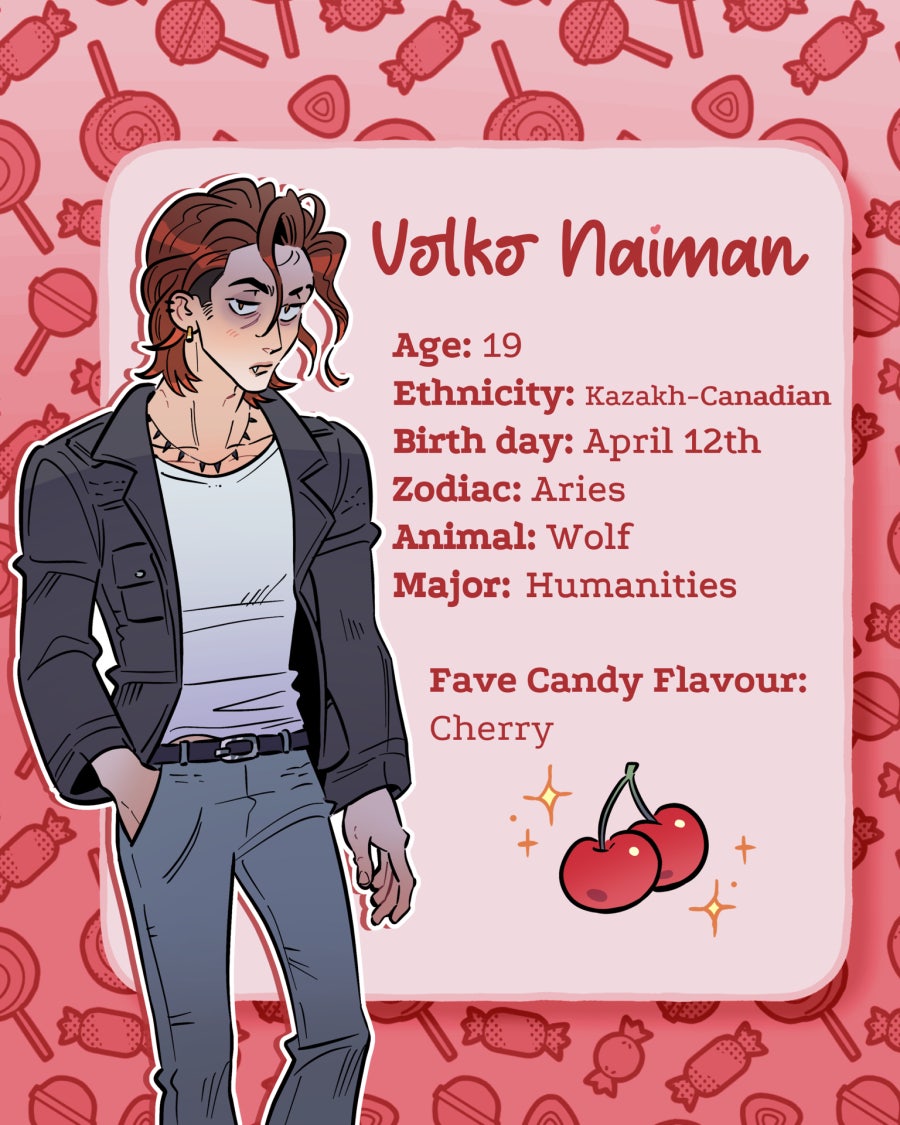
• Motifs and ensemble coding: Antlerella uses animal archetypes, candy palettes, and compact profile sheets as shorthand for temperament and social role: the bunny’s skittish cleverness, the deer’s poised ambition, the cat’s inscrutable privilege, the wolf’s feral loyalty, the bear’s dependable warmth. These motifs make personalities instantly legible while leaving room for subversion as the story peels back surface branding.
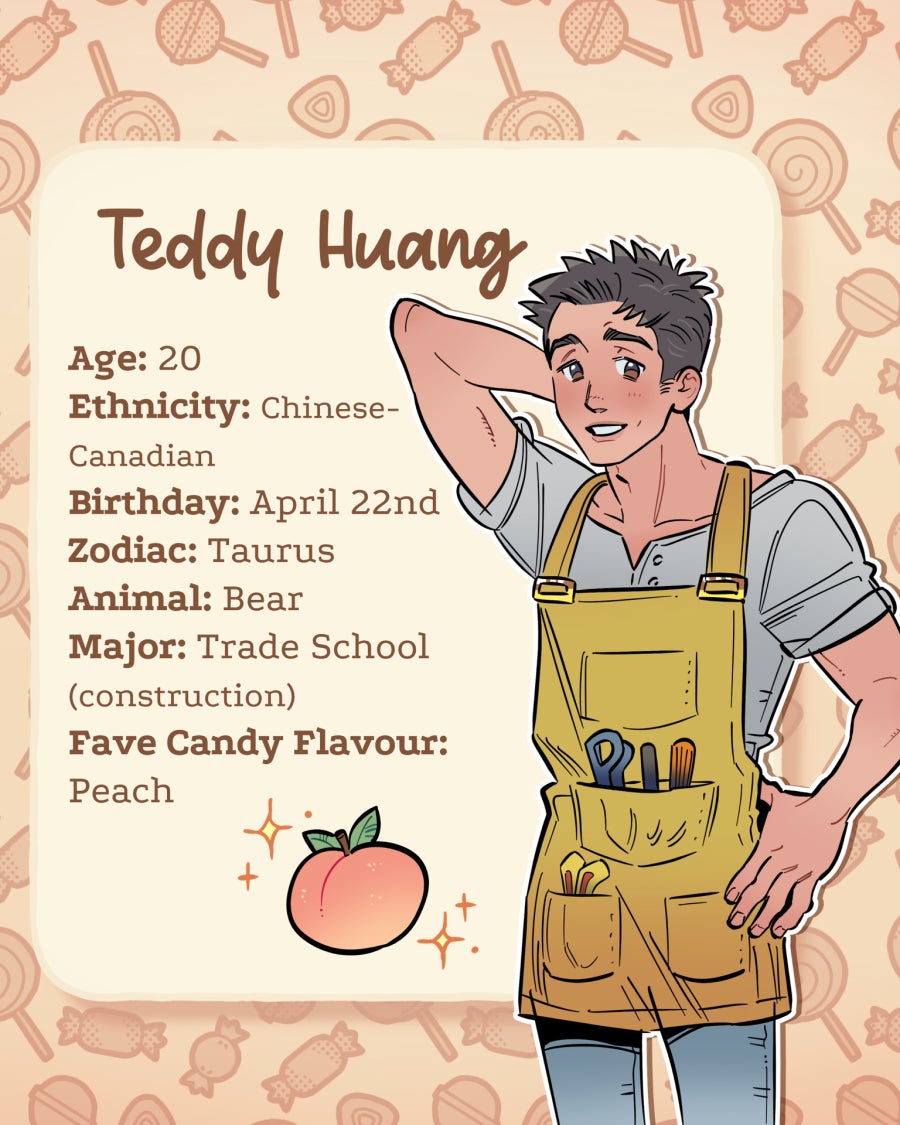
Themes and dramatic engine
• Performance versus authenticity: The faux‑friend arrangement foregrounds identity as spectacle; characters learn how quickly curated personas can protect or erode them, and the story asks whether the safety gained from performing someone else’s version of you is ever worth the slow loss of self.
• Class privilege and transactional consent: Kitty’s shelter operates like economic leverage; security becomes conditional, and consent is negotiated under duress. The comic interrogates how material inequality warps choice and exposes the emotional labor required when basic needs are monetized.
• Ambition and moral compromise: Aline’s calculated drive and Bonnie’s cautious idealism create a moral fault line. Ambition opens opportunity but also normalizes trade‑offs, so the narrative tracks how characters justify concessions and whether they can reclaim integrity once it’s been compromised.
• Curated intimacy and found family: Proximity staged for optics gradually generates real bonds, forcing the question of whether forced closeness can seed authentic care. The series explores how chosen communities are built from awkward rituals, mutual rescues, and the messy work of learning to trust again.
• Power, image, and accountability: The story reframes social capital as a currency that buys influence and silence. It presses on how charismatic power can evade scrutiny and how those with less leverage must navigate reputational risk, making accountability an ongoing, fraught struggle.
• Identity beyond labels: Through motifs, aesthetics, and family ties, Candid Hearts teases apart surface archetypes to reveal contradictory interior lives, showing that personal transformation often involves rejecting the roles others assign you and actively repainting your own narrative.
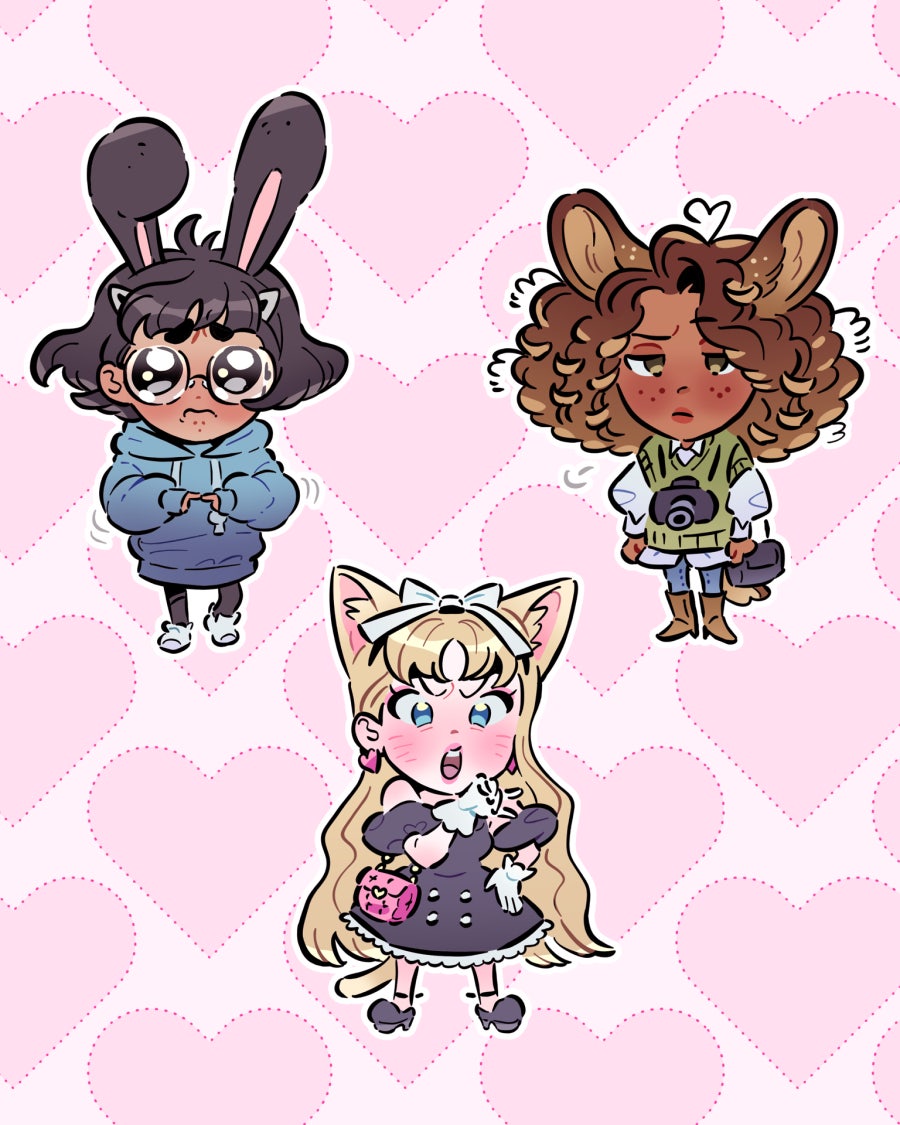
Visual style and character design
• Palette and costume as social code: Antlerella favors a candy‑toned palette and polished character sheets that pair saccharine charm with sly subtext. Pastels and confectionary motifs read as social armor and status signaling, while shifts to muted, utilitarian, or shadowed palettes mark emotional rupture or practical stakes, turning color choices into a running commentary on who gets to perform and who pays the price.
• Profiles as instant storytelling: The creator’s compact character cards (age; ethnicity; major; animal emblem; favorite candy) function like visual bios; instantly legible, highly shareable, and deliberately curated to encode temperament and narrative role. Those neatly packaged details make every update feel collectible, invite fan theorizing, and speed emotional attachment without heavy expository pages.
• Framing, rhythm, and expressive beats: Visual pacing privileges closeups, reaction beats, and punchy two‑page spreads so gossip and tension hit like social weather. Quick-cut panels capture the vulgar delight of spectacle; slower, quieter layouts let private consequences breathe. The result is a choreography of glance and silence that amplifies both melodrama and the subtler moments when characters reveal who they really are.
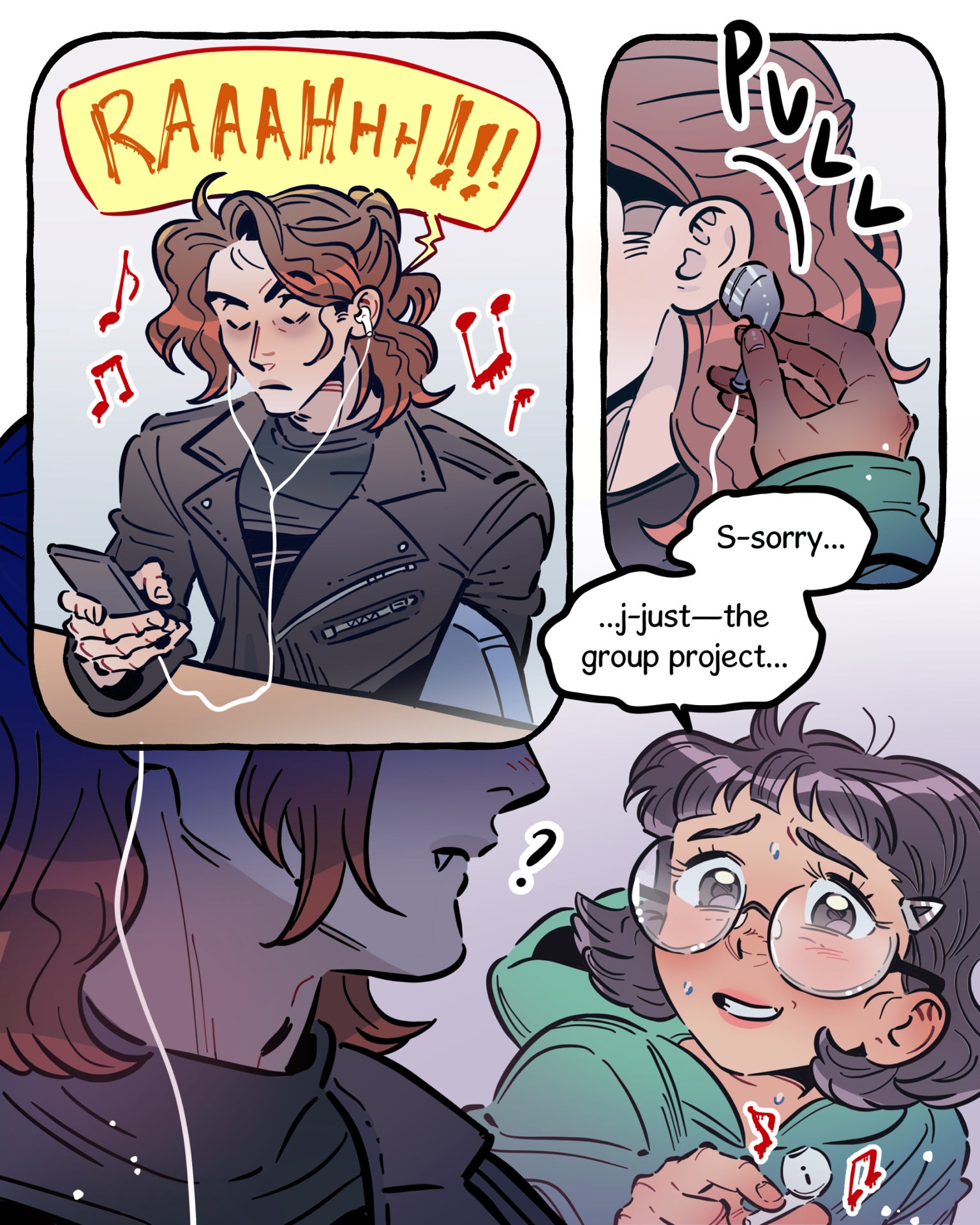
Community, extras, and crossovers
• Crossovers and worldbuilding teases: The creator frequently threads hints of a broader universe through cameo appearances and explicit cross‑series links, turning each update into a breadcrumb trail for attentive fans. Teasers about origin stories and planned character transformations make the world feel expansive and alive rather than confined to a single arc.
• Patreon and exclusive deep dives: Paid tiers unlock development materials; extended mini‑comics, behind‑the‑scenes sketches, and expanded character arcs; that fill narrative gaps and reward invested readers. Regular profile drops and origin notes on Patreon function as story supplements, accelerating emotional investment and giving readers privileged context for future beats.
• Image drops, OCs, and interactive play: New original characters and test images are presented as playful experiments, encouraging fan reaction and speculation. These meta moments; “testing the image feature,” sharing transformation previews, or spotlighting an OC; turn the creative process into participatory content and keep the community engaged between episodes.
• Speculation culture and fan momentum: By spacing reveals across platforms and leaning into collectible profile cards and visual easter eggs, the creator cultivates an active fandom that theorizes, creates art, and amplifies the comic’s reach. The result is a feedback loop where creator prompts spark fan content, which in turn raises anticipation for canonical developments.
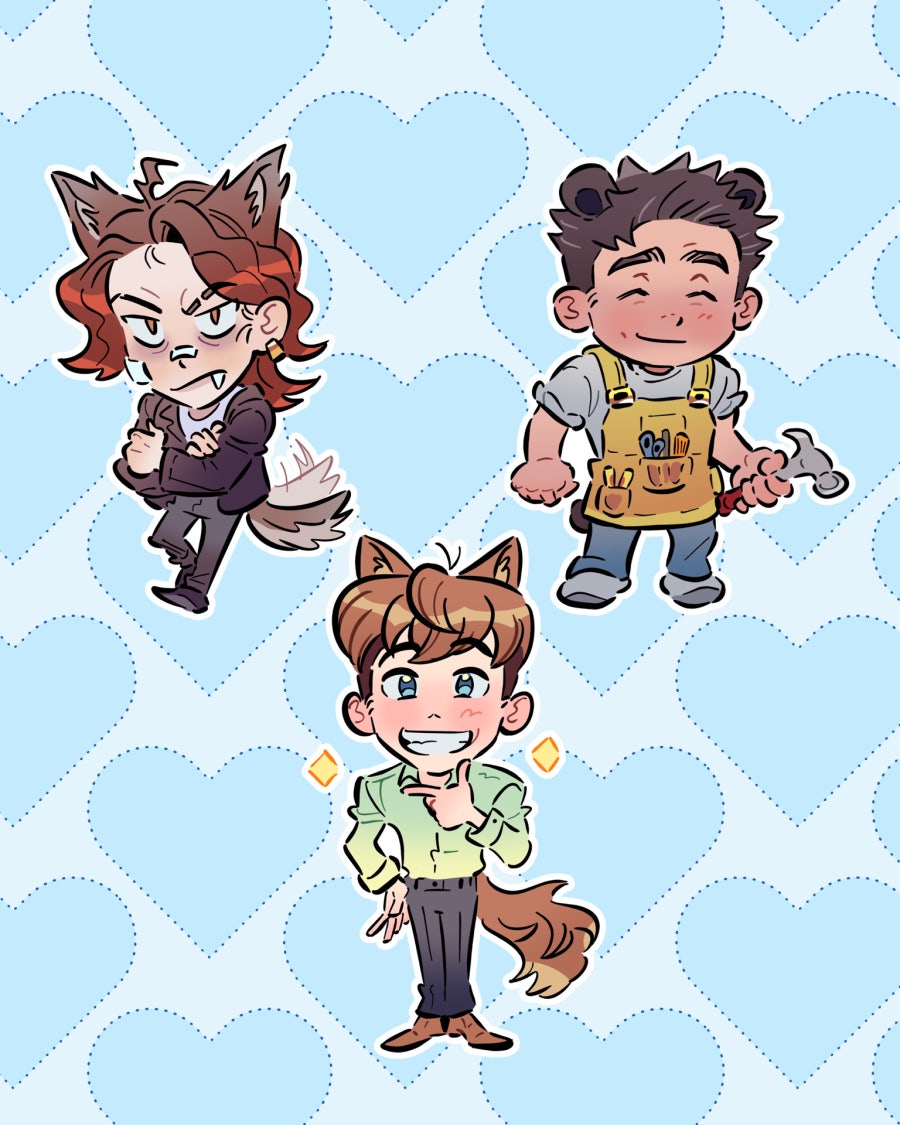
Why read Candid Hearts
Read Candid Hearts for addictive campus drama that dresses sharp moral questions in glossy, candy‑coated visuals. The comic thrives on character‑driven soapiness: ethically fraught bargains, messy loyalties, and slow, satisfying reveals that constantly redraw who deserves sympathy. If you love stories about social currency, after‑school rivalries, and the theatricality of identity, you’ll enjoy unpacking every costume choice, collectible bio drop, and staged smile as the series slowly asks what counts as real friendship when intimacy is performed.